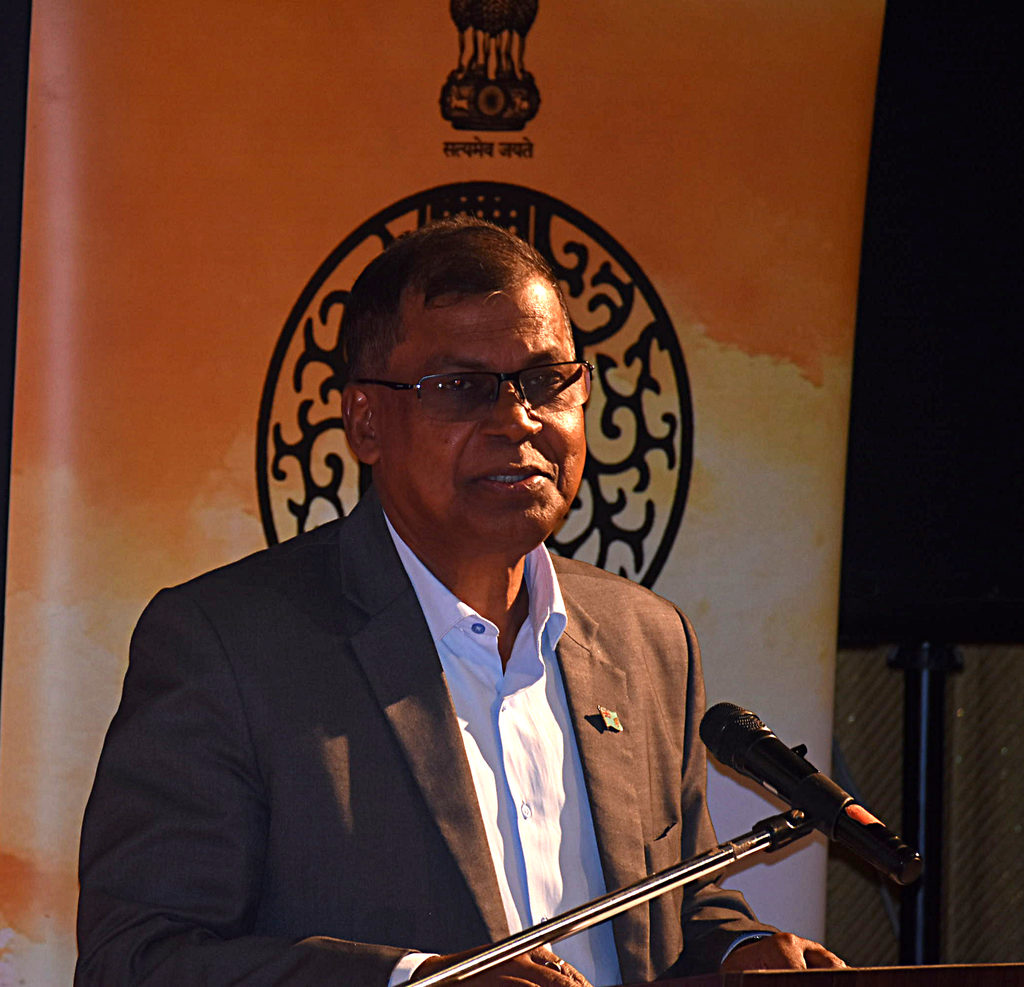Fiji’s debt to GDP ratio could fall to around 78 percent by July, says Finance Minister Professor Biman Prasad.
He told the Nadi Chamber of Commerce 2025 Business Forum this was made possible by a robust economic recovery.
“Inflation fell to minus 0.9 percent in April 2025, down from 7.1 percent a year ago, marking the lowest level since May 2021,” Prof Prasad said.
“This decline was driven by lower prices in food and non-alcoholic beverages, transport, housing, utilities and clothing categories.
“Meanwhile, our foreign reserves remain strong at $3.5billion, sufficient to cover 5.6 months of retained imports.”
Prof Prasad said the country’s fiscal position was strong, supported by better-than-expected tax collections — $140million higher in the first nine months of the fiscal year, from August 2024 to April 2025.
“Our revenue reforms are working, and we are firmly on the path of fiscal consolidation.
“We’ve successfully reduced the debt-to-GDP ratio from 90.7 percent in FY2021–2022 to 79.4 percent in FY2023–2024. And by July 2025, we expect this to fall further to around 78 percent.”
Prof Prasad said key sectors also recorded positive growth.
“Beyond tourism, other key sectors are also gaining ground.
“We’ve seen strong performances in gold production, electricity generation, cement manufacturing, timber processing and beverage production.
“As a result, the GDP growth forecast for 2024 was revised upward — from 2.8 to 3.8 percent in November last year.
“For 2025, we had initially projected growth of 3.4 percent. However, we are taking a cautious approach.”
He said global headwinds — including slowdowns in some major trading and tourism partners — could pose challenges.
“Our macroeconomic committee is currently reviewing the forecast to ensure our projections reflect these evolving risks.
“Our financial system remains stable, well-capitalised and resilient.
“Commercial banks and financial institutions are continuing to support domestic activity with strong balance sheets, rising profitability, and declining non-performing loans.
“As of March 2025, credit growth stood at 12.2 per cent, with interest rates relatively low at 4.51 per cent. Liquidity remains healthy at $1.9billion as of April,” Prof Prasad said.



